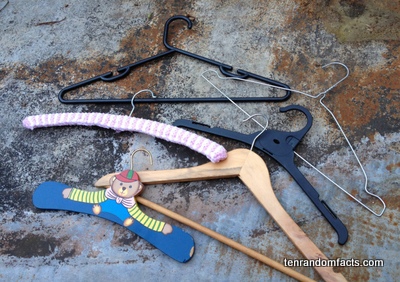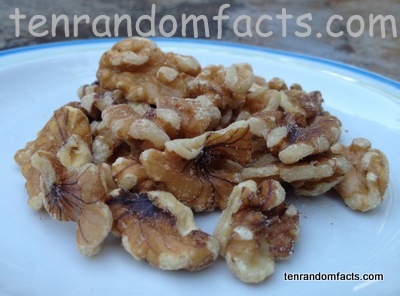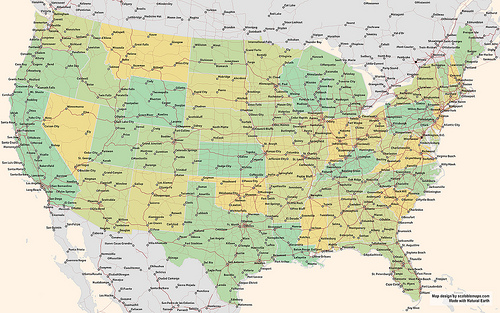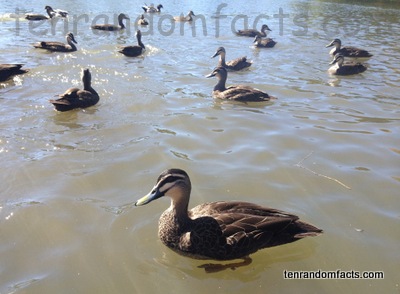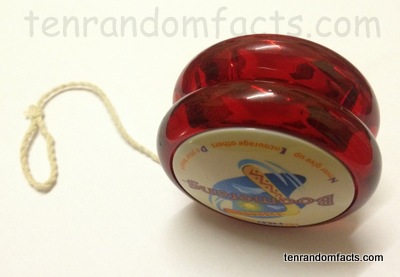
Acne is a nuisance and can be embarrassing.
- ‘Acne’ is medically known as ‘acne vulgaris’, which is believed to be caused by hormones, and it occurs in approximately 80-90% of teenagers.
- Acne is a skin disease that often occurs in the period when children become adults, known as puberty, and can last until the age of 25, but can continue on for many years beyond this for some people.
- Acne occurs when skin pores are blocked due to excess skin and hair oil called ‘sebum’, as well as bacteria, and dead skin cells.
- Acne causes black, white or red bumpy spots known as ‘blackheads’, ‘whiteheads’, and ‘pimples’, which are also known as ‘zits’.
- Acne often appears on people’s faces, chests and backs.
- Acne can cause scars, particularly when one scratches or picks at it, and can possibly cause inflammation and cysts.
- Contrary to popular belief, chocolate does not cause acne, but regularly drinking milk, having a diet high in glucose, and significant stress can all increase the chance of acne.
- Special medication, lotions and creams can be used to treat acne, and in severe cases, antibiotics.
- To help prevent acne, you should wash your face gently, at least one daily, but do not scrub it.
- Acne can often cause mental side effects, typically due to embarrassment, including decreased self-esteem, and in some cases, depression and the urge to commit suicide.
Bibliography:
Acne, 2011, Kids Health, <http://kidshealth.org/kid/grow/body_stuff/acne.html>
Acne Vulgaris, 2013, Wikipedia, <http://en.wikipedia.org/wiki/Acne_vulgaris>





